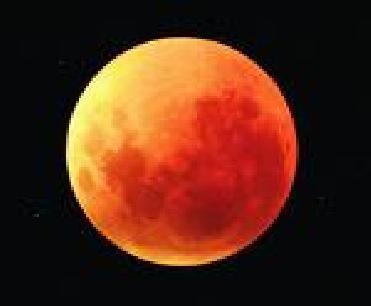
NEW DELHI (BNS): People in several parts of the world witnessed a partial lunar eclipse on Saturday night and early Sunday.
The eclipse was visible in Antarctica, Australia and Asia except the northeastern part, Europe, Africa, New Zealand and South America. The lunar eclipse was first seen in the western part of the Pacific Ocean, northern tip of Japan and northeastern part of Russia. The setting lunar eclipse was seen from southwestern part of Pacific Ocean, northeastern part of South America and Greenland.
In India, the eclipse was first seen in Bikaner, Rajasthan, beginning from 11.53pm and lasting until 5.27am on Sunday. However, in other parts it was visible in the early hours of Sunday from 01.06am to 04.15am (IST).
In the West, especially in England, the eclipse began at 19:23 BST, when the Moon entered the lightest part of the Earth's shadow, the penumbra. During the initial phase, the moon had a slight yellowish tinge. In London, the eclipsed Moon was visible at 20:11 BST while, observers in Glasgow saw it from 20:40. The Moon entered the darkest part of the terrestrial shadow, the umbra, at 20:36 BST, with the severest part of the eclipse occurring at 22:10 BST, when more than 80 per cent of the visible side of the Moon was within the umbra and the remaining under the penumbra. The Moon left the umbra at 23:44 BST and the eclipse ended when the moon exited the penumbra at 00:57 BST on Sunday.
In the partial lunar eclipse witnessed, the Earth, Sun and Moon were almost exactly in line and the Moon was on the opposite side of the Earth from the Sun. The full Moon moved partly into the shadow of the Earth and dimmed dramatically with the shadowed portion of the lunar surface lit by sunlight that passed through the Earth's atmosphere. Stronger atmospheric scattering of blue light meant that the light that reached the lunar surface had a reddish hue, and celestial watchers viewed the Moon that was partly light and partly dark, with shades of colour depending on terrestrial conditions.
However, the Moon travels to the same position every month, but the tilt of the lunar orbit means that it passes above or below the terrestrial shadow. A Full Moon occurs every month but no eclipse takes place.
Scientists say that lunar eclipses can be seen wherever the Moon is above the horizon. This time the eclipse was viewed in Africa, Eastern Europe, central Asia, India and the Middle East. The Moon rose during the eclipse in Western Europe and United Kingdom.
It is believed that during the eclipse, the Moon was in front of the stars of the constellation of Capricornus and Jupiter fell to its right. In UK, the Moon was low in the sky throughout the eclipse, and photographers captured good images of the event. No special equipment was required to watch the lunar eclipse, as it does not produce any harm effects.
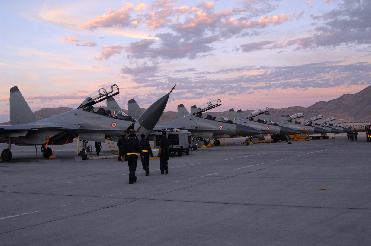 Previous Article
Previous Article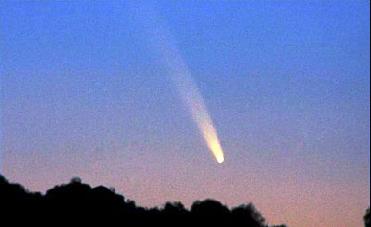
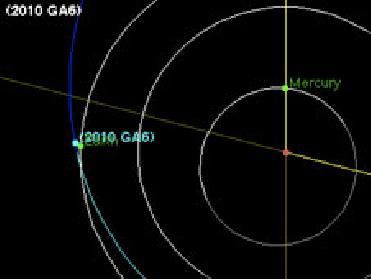

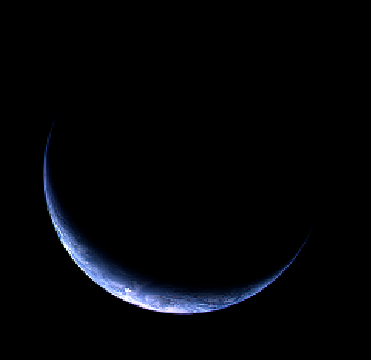










The Indian Air Force, in its flight trials evaluation report submitted before the Defence Ministry l..
view articleAn insight into the Medium Multi-Role Combat Aircraft competition...
view articleSky enthusiasts can now spot the International Space Station (ISS) commanded by Indian-American astr..
view article